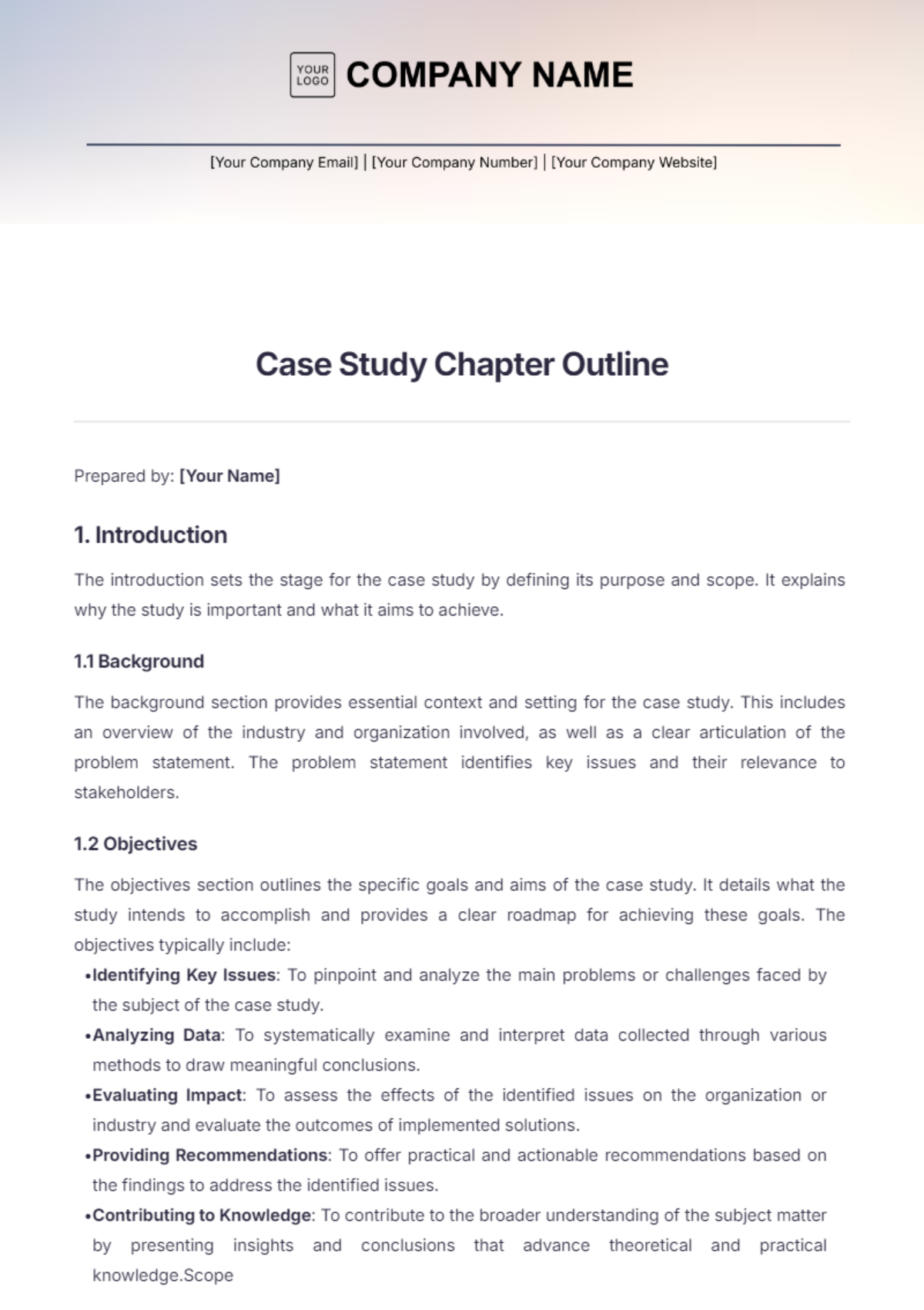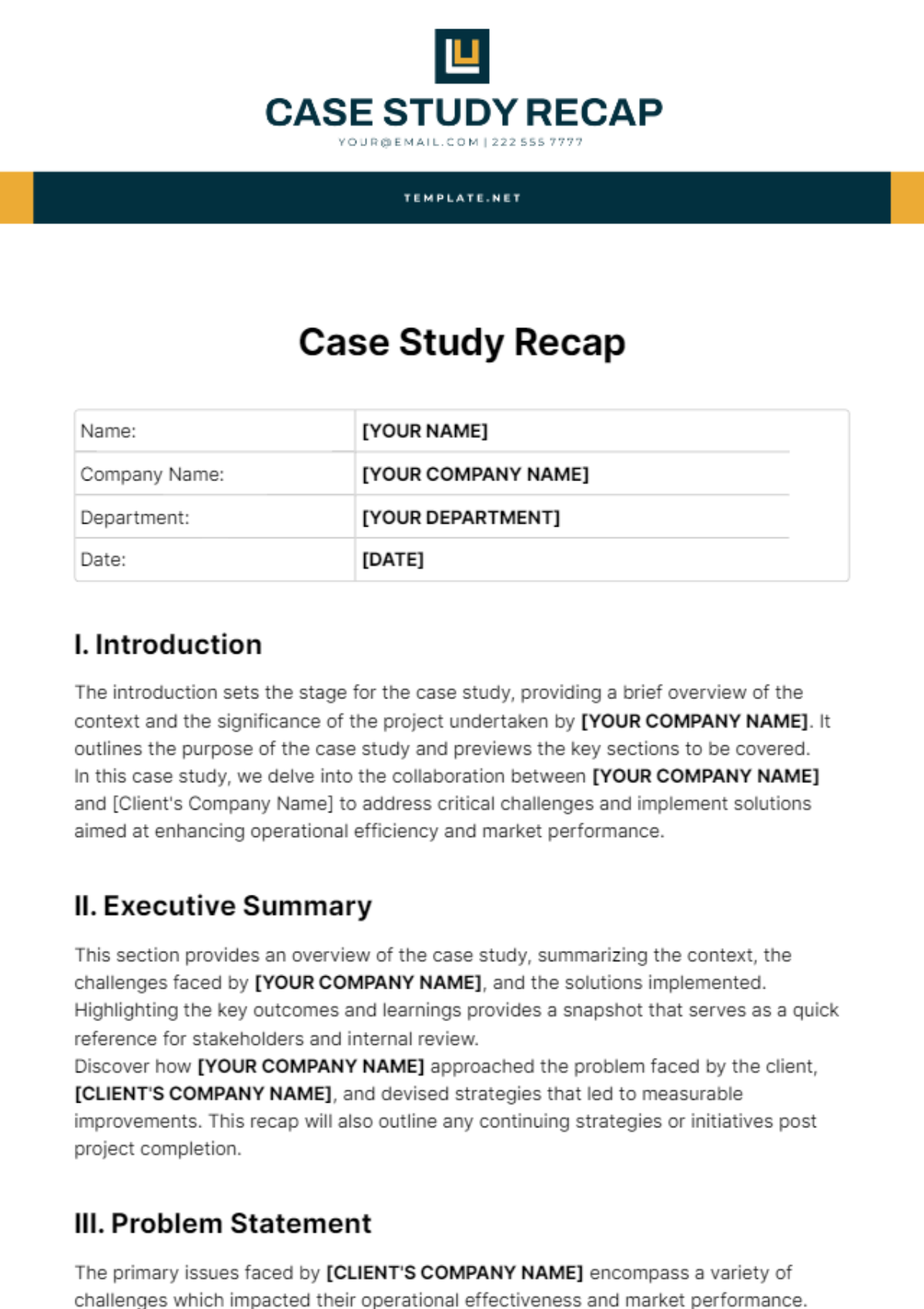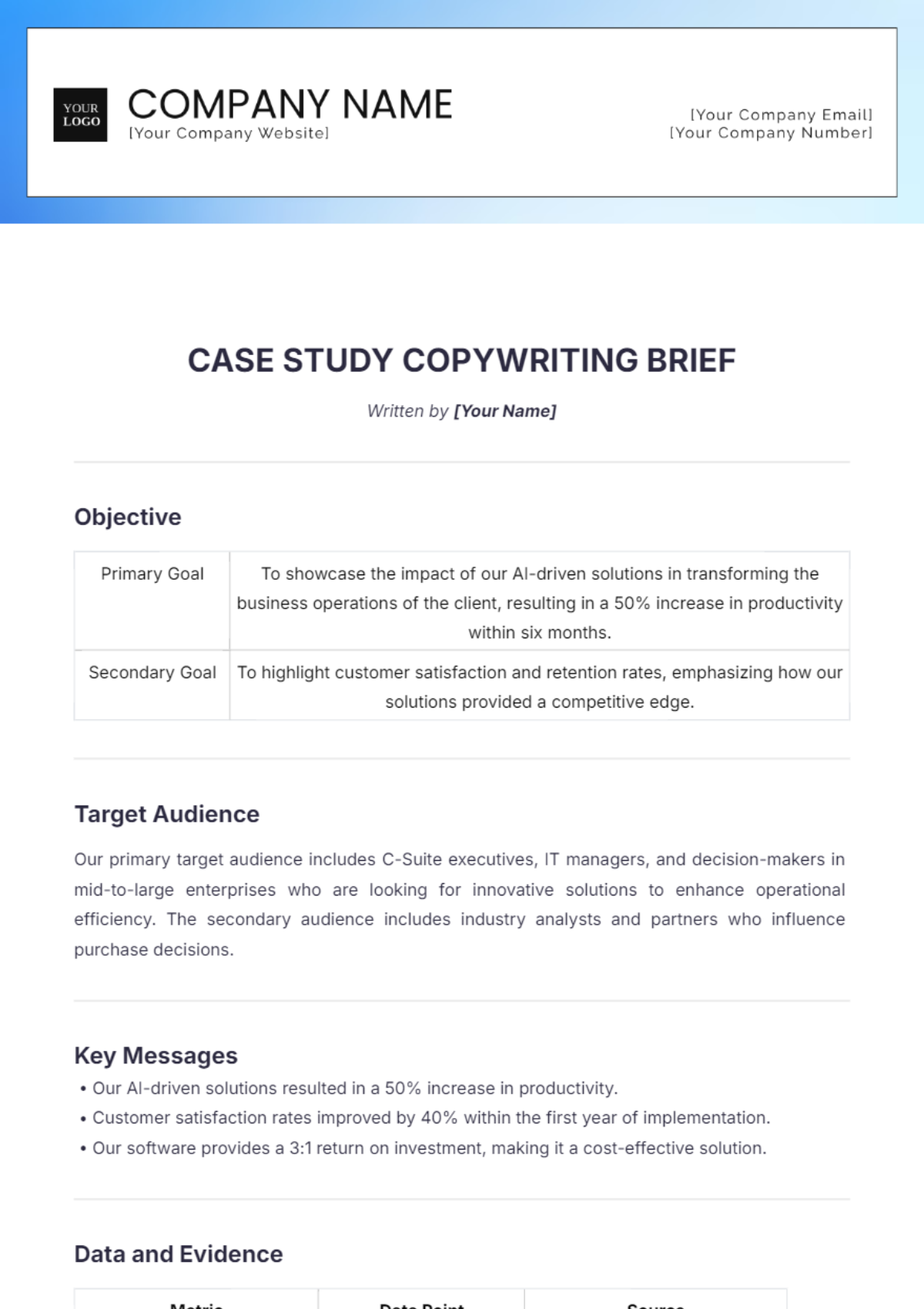Apprenticeship Case Study
This case study was conducted by [YOUR NAME] under the organization [YOUR COMPANY NAME]. The following case study highlights the strategies, outcomes, and lessons learned from the successful implementation of apprenticeship programs that have effectively integrated best practices and policy frameworks to improve occupational training and development.
I. Executive Summary
The apprenticeship program initiated by [YOUR COMPANY NAME] in [YEAR] aimed to enhance practical skills among recruits in the field of [FIELD]. This document elaborates on the approaches taken, the challenges faced, and the overall impact of the program, providing a robust framework for replication and adaptation by other organizations.
Key outcomes of this initiative include a [X%] increase in skill proficiency and a significant improvement in job readiness among participants. This case study serves as an evidence-based guide to inform the further development of similar programs.
II. Background
[Your Company Name] recognized the urgent need for a structured apprenticeship program tailored to meet the demands of the cybersecurity industry. This initiative was prompted by the industry's specific requirement for skilled professionals proficient in threat detection, incident response, and security operations.
Through extensive collaboration with key stakeholders such as cybersecurity firms and educational institutions, [Your Company Name] developed a comprehensive curriculum that aligns with industry standards and real-world challenges. The apprenticeship program provides a balanced blend of theoretical knowledge and practical experience, empowering apprentices to excel in dynamic cybersecurity environments.
III. Implementation Strategy
The implementation of the apprenticeship program followed a structured approach that included the following phases:
Needs Assessment and Planning
Program Design and Development
Recruitment and Selection of Participants
Execution and Monitoring
Evaluation and Feedback Incorporation
Detailed strategies were employed in each phase to ensure maximum engagement and effectiveness. For instance, during the Recruitment phase, strategies such as targeted outreach campaigns, partnerships with educational institutions, and referral programs were utilized to identify and select candidates who demonstrated the potential for growth and learning.
Additionally, a multi-stage selection process involving application screening, interviews, and skills assessments was implemented to ensure the suitability and alignment of candidates with the program objectives.
IV. Outcomes and Key Metrics
The apprenticeship program culminated in several tangible outcomes, which are summarized in the table below. Key metrics include program completion rates, skill assessment scores, and post-program employment statistics.
Metric | Value |
|---|---|
Completion Rate | [COMPLETION RATE]% |
Average Skill Assessment Score | [AVERAGE SCORE] |
Employment within 6 months | [EMPLOYMENT RATE]% |
These metrics were critical in measuring the success of the program and guided the iterative improvements that were made throughout its implementation.
V. Lessons Learned and Best Practices
Key lessons learned from the implementation of the apprenticeship program include the importance of stakeholder engagement, continuous adaptation of training modules, and the integration of feedback loops. Specific best practices that emerged are as follows:
In-depth industry collaboration to keep the curriculum relevant.
Continuous assessment and customization of training to individual apprentice needs.
Robust support systems for apprentices, including mentoring and career counseling.
These insights are crucial for shaping future initiatives and can serve as a template for other organizations looking to implement similar programs.
VI. Conclusion
The apprenticeship program at [YOUR COMPANY NAME] has proven to be a successful model for professional development and skill enhancement in the [FIELD]. This case study not only documents the success of the program but also serves as a crucial resource for other organizations aiming to cultivate a skilled workforce.
Further, the structured approach in sharing these insights ensures that the experiences and strategies outlined here contribute broadly to the advancement of industry-wide education and training practices.
Prepared By:
[Your Name]
[Your Position]
[Your Department]
Contact Details:
[Your Email]
[Your Company Name]
[Your Company Address]

















































